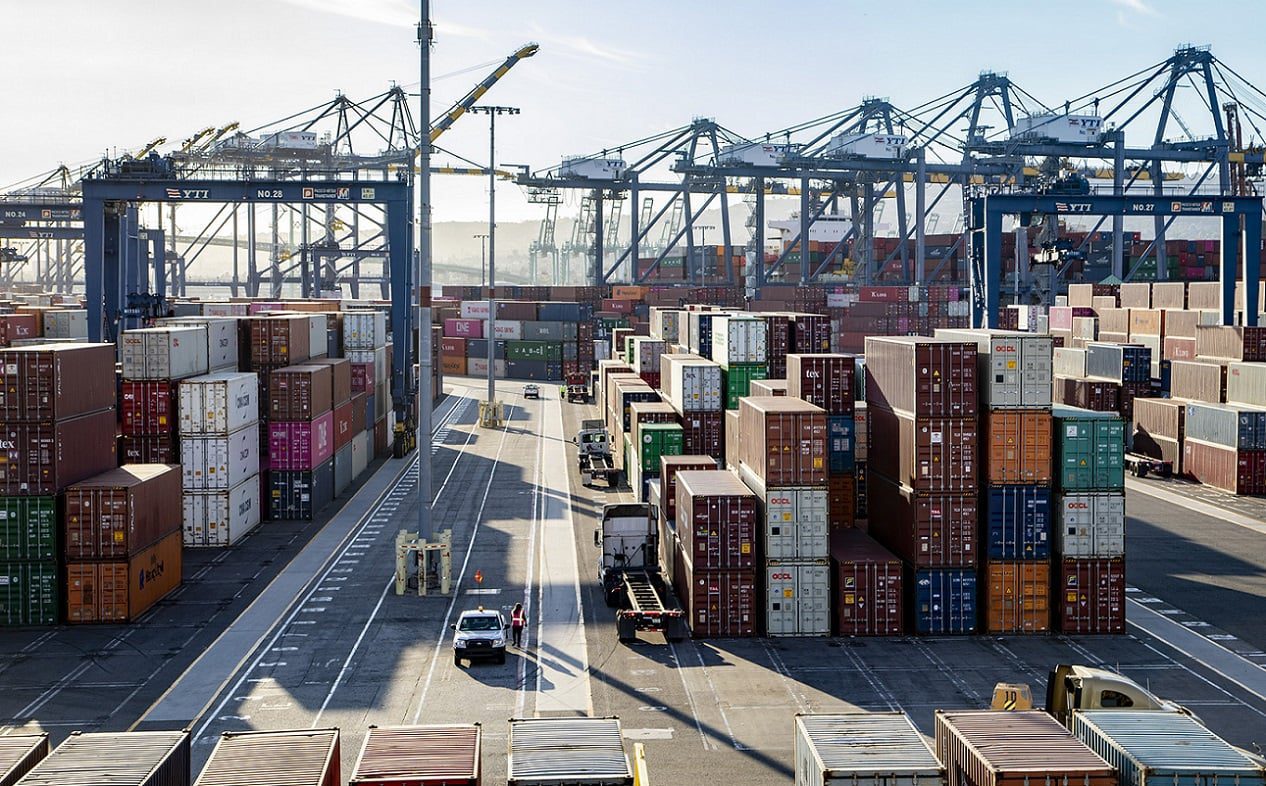
The investigation is based on a petition raised by the American Alliance for Solar Manufacturing Trade Committee in April. The group comprises a number of solar manufacturers with US bases, including cadmium telluride (CdTe) thin-film module producer First Solar and major silicon-based manufacturers Qcells and Meyer Burger.
The petition claims that the US industry is affected by “potentially illegal trade practices by Cambodia, Malaysia, Thailand, and Vietnam”. This builds on previous AD/CVD petitions which claimed – ultimately successfully – that certain Chinese-owned solar manufacturers were relocating parts of their supply chains to Southeast Asia for what the DOC called “minor processing”, in order to avoid US antidumping duties on China.
The US has yet to collect tariffs on Southeast Asian solar products. Joe Biden introduced a two-year waiver in 2022 to act as a “bridge,” allowing time for the US solar industry to build up. The waiver is due to expire this summer.
The next stage of the tariff process will see the International Trade Commission (ITC) reach a preliminary determination by 10th June on whether the imports in question cause “injury” to the US industry. If the determination is positive, the process will continue until final determinations are issued in early 2025.
Following the most recent petition, US renewables analyst Clean Energy Associates said that the tariffs could cause a solar cell supply “bottleneck” for the US because of the concentration of solar manufacturing in Southeast Asia. It said that the tariffs may “greatly reduce” solar cell supply to the US.
The ITA said that the US imported billions of dollars worth of solar products from the four countries in 2023 alone. Its figures show that imports from Cambodia totalled over US$2.3 billion, Malaysia over US$1.8 billion, Thailand over US$3.7 billion and Vietnam over US$3.9 billion.
Moreover, the ITA published data stating that the alleged dumping rate for solar cells from Vietnam is 271.38%—meaning that the normal US market price is more than twice that of the cells exported from Vietnam. The alleged rate for Cambodia is 124.37%, Malaysia 81.22% and Thailand 70.36%.
Earlier this week, Biden announced a doubling of the Section 301 import tariffs on Chinese solar cells. This may have significant ramifications, though the majority of the US’ solar supply already comes from Southeast Asia.
Our full coverage and analysis of AD/CVD can be found here.
PV Tech publisher Solar Media will be organising the second edition of PV ModuleTech US in Napa, California, during 6-7 June. The conference will address the module landscape that is expected to unfold for U.S. buyers in the coming years; in particular new domestic manufacturing. More information, including how to attend, can be read here.





